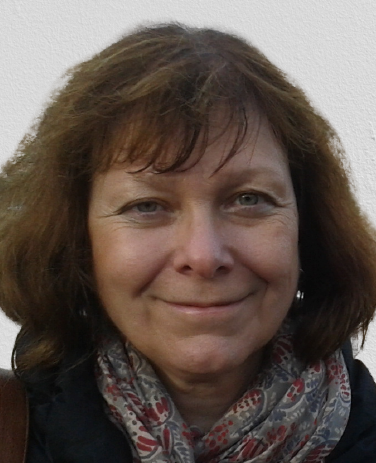Based on archival materials, the article shows that in the mid-1950s RSFSR, despite the anti-religious campaign of the late 1920s – 1930s, there were more than 60 fairly well-known “holy” water sources, to which Orthodox believers regularly made mass pilgrimages. Most of these sources were associated with the cults of locally venerated Orthodox saints or revealed icons. The article discusses the prehistory of the resolution of the Central Committee of the CPSU “On measures to stop the pilgrimage to the ‘holy places’”. The author shows that its adoption on November 28, 1958 was prepared almost simultaneously with the resolution “On the Note of the Propaganda and Agitation Department of the Central Committee of the CPSU in the Union republics ‘On the shortcomings of scientific and atheistic propaganda’”. The paper proves that it should be considered in the context of the Propaganda and Agitation Department of the Central Committee of the CPSU preparations for the extraordinary XXI Congress of the CPSU (January 27 – February 5, 1959), at which it was stated that socialism in the USSR won a complete and final victory and that the Soviet country was entering a period of extensive construction of a communist society in which there was no place for religious remnants of the past.
Key words: holy sources, pilgrimages, Orthodoxy in the USSR, anti-religious campaign of the 1950s
DOI: 10.22250/20728662_2023_2_79
About the author
 |
Marianna M. Shakhnovich – DSc (Philosophy), Professor, Chair of the Department of the Philosophy of Religion and Religious Studies, |






